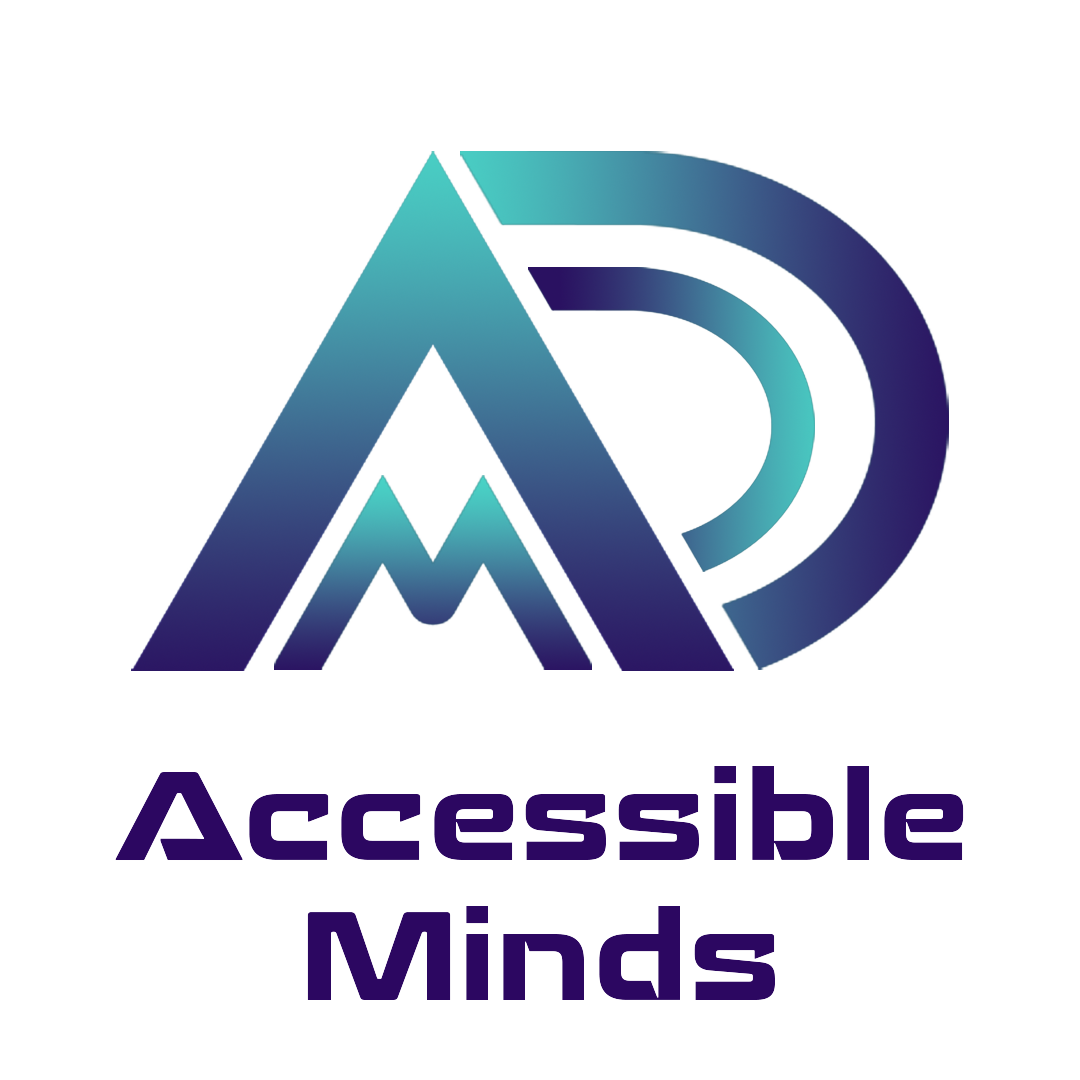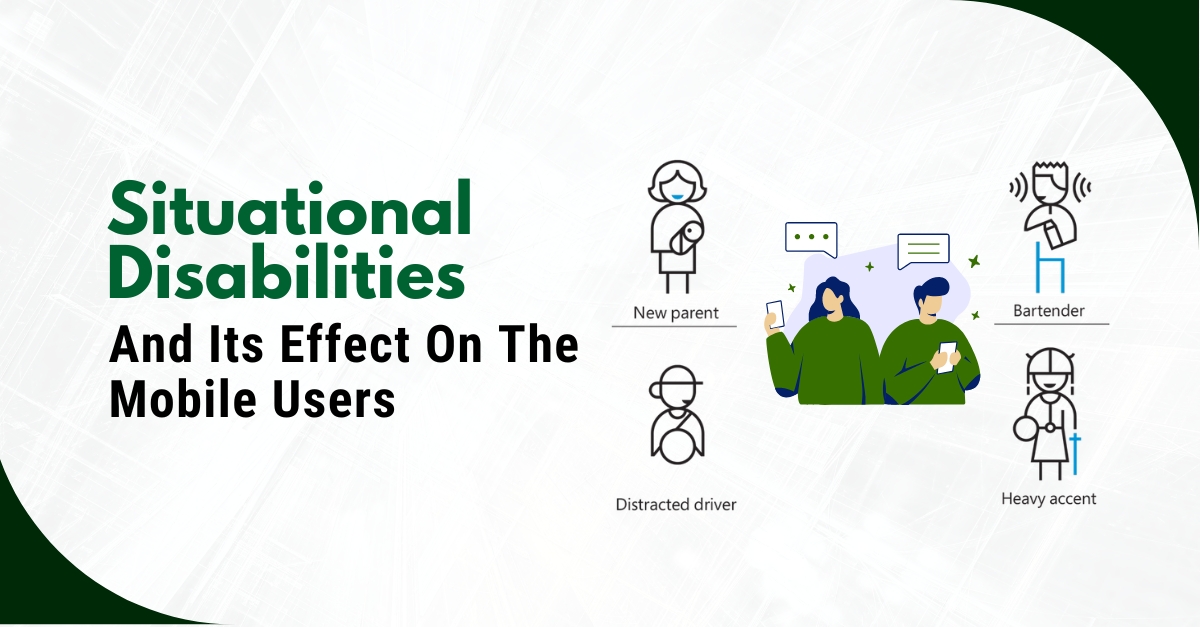Introduction
In an increasingly digital world, the test accessibility of websites is no longer just a matter of convenience, it’s a legal requirement. Ensuring that your website is accessible to all individuals, regardless of disabilities, is not only ethically responsible but also a legal obligation. In this blog post, we’ll explore the legal implications of website accessibility and why it matters.
Understanding Web Accessibility
Web accessibility refers to the practice of designing and developing websites in a way that accommodates individuals with disabilities. Disabilities can range from visual and hearing impairments to motor and cognitive limitations. An accessible website ensures that everyone can perceive, navigate, and interact with its content effectively.
The Legal Landscape
Several laws and regulations around the world emphasize the importance of web accessibility. These legal frameworks aim to guarantee equal access to information and services for everyone. Here are some key legal instruments and their implications:
- Americans with Disabilities Act (ADA): Enacted in 1990, the ADA prohibits discrimination against people with disabilities in various areas, including public accommodations. In recent years, this law has been interpreted to apply to websites, making it crucial for businesses to ensure web accessibility.
- Section 508 of the Rehabilitation Act: This U.S. law requires federal agencies to make their electronic and information technology accessible to people with disabilities. Private entities that receive federal funding are also subject to Section 508 compliance.
- Web Content Accessibility Guidelines (WCAG): While not a law in itself, WCAG is a set of internationally recognized guidelines developed by the World Wide Web Consortium (W3C). Many countries and organizations have adopted WCAG as a standard for web accessibility compliance.
- European Union Web Accessibility Directive: The EU has established regulations to ensure that public sector websites and mobile applications are accessible. These regulations extend to educational institutions and public service providers.
Consequences of Non-Compliance
Failing to make your website accessible can lead to various legal consequences, including:
- Lawsuits: Individuals with disabilities can file lawsuits against organizations whose websites are not accessible, claiming discrimination.
- Financial Penalties: Courts may impose fines on non-compliant entities, resulting in significant financial losses.
- Reputation Damage: Beyond legal consequences, a lack of web accessibility can tarnish an organization’s reputation and brand image.
- Lost Opportunities: Inaccessibility may prevent potential customers, clients, or users from engaging with your website, resulting in lost business opportunities.
Steps Toward Compliance
To avoid legal issues and promote inclusivity, consider taking the following steps:
- Conduct an Accessibility Audit: Identify areas where your website falls short of accessibility standards.
- Implement WCAG Guidelines: Make the necessary changes to align with WCAG guidelines, striving for at least Level AA compliance.
- Regular Testing: Continuously test your website for accessibility and address issues promptly.
- Training: Educate your team on web accessibility best practices to ensure ongoing compliance.
Conclusion
Ensuring website accessibility is not only a moral imperative but a legal requirement. By proactively addressing accessibility issues, you not only avoid legal consequences but also create a more inclusive online environment that benefits everyone. Remember that accessibility isn’t just about following the law; it’s about adopting a commitment to equality and inclusivity in the digital age.







